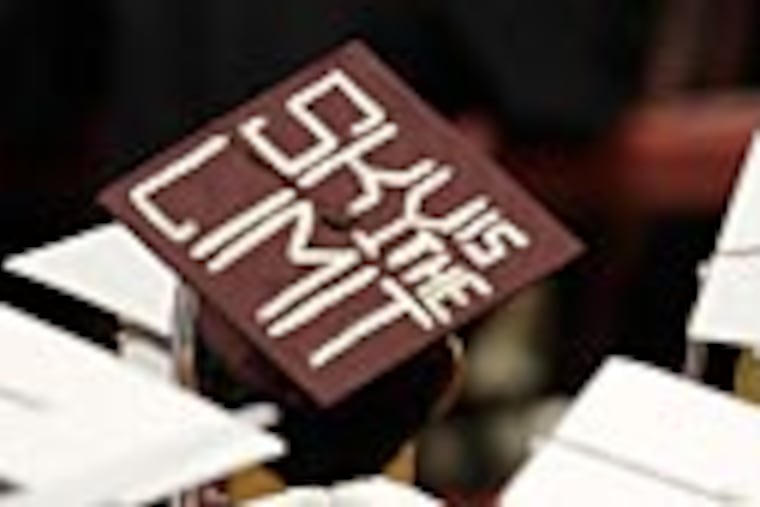As education level rises, unemployment rate falls
Education pays, especially in tough times like these. The unemployment rate last month for people without high school diplomas was 15 percent, more than three times higher than the 4.7 percent rate for those with at least a bachelor's degree.

Education pays, especially in tough times like these.
The unemployment rate last month for people without high school diplomas was 15 percent, more than three times higher than the 4.7 percent rate for those with at least a bachelor's degree.
For high school graduates, the rate was 10.9 percent, and for those with some college or an associate degree, the rate was 8.3 percent, the Bureau of Labor Statistics said.
"Increasingly, employees need minds, not just bodies," said John Silvia, chief economist for Wells Fargo, which owns Wachovia Bank. "This has been a major source of economic as well as political unrest as, increasingly, many workers realize their skills do not meet the needs of the workplace."
The gap in unemployment rates is, relatively, about the same as it was five years ago when the economy was booming: The jobless rate for high school dropouts then was 7.8 percent, three times higher than the 2.4 percent rate for college graduates. But now, the numbers for everybody are so much worse because of the unrelenting slump in the job market.
"For the people who don't have degrees, they don't need a lot of convincing to go back and get the degrees," said Hadass Sheffer, executive director of Graduate! Philadelphia. What they need is academic and other support, she said.
Sheffer's program is an effort by two local nonprofit organizations, the Philadelphia Workforce Investment Board and the United Way of Southeastern Pennsylvania, to increase the number of working adults with college degrees in the Philadelphia region.
The organization estimated that more than 70,000 Philadelphians ages 25 to 49 didn't complete their education. In the last two years, it has helped 600 people get back into college and has an additional 1,000 in the pipeline, Sheffer said.